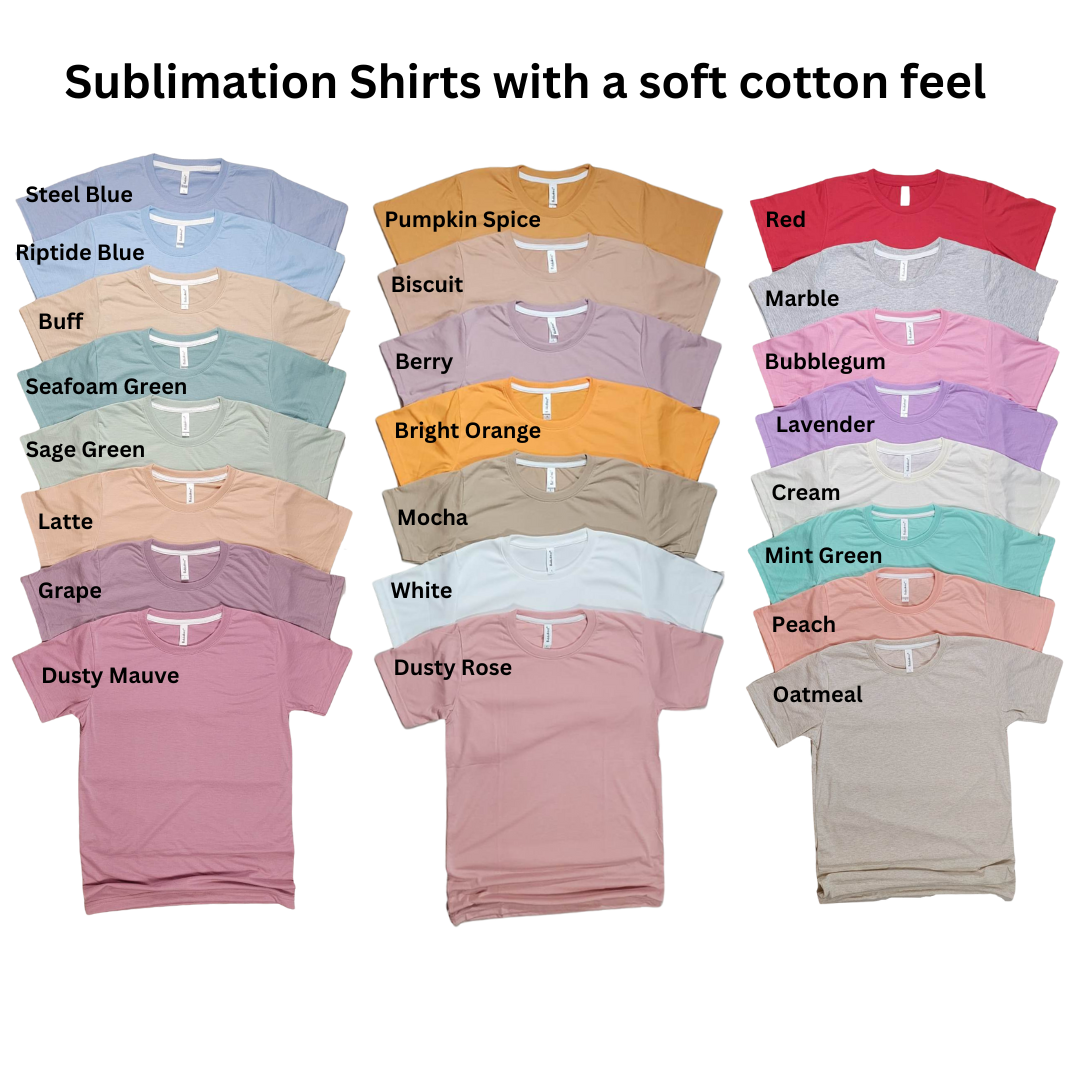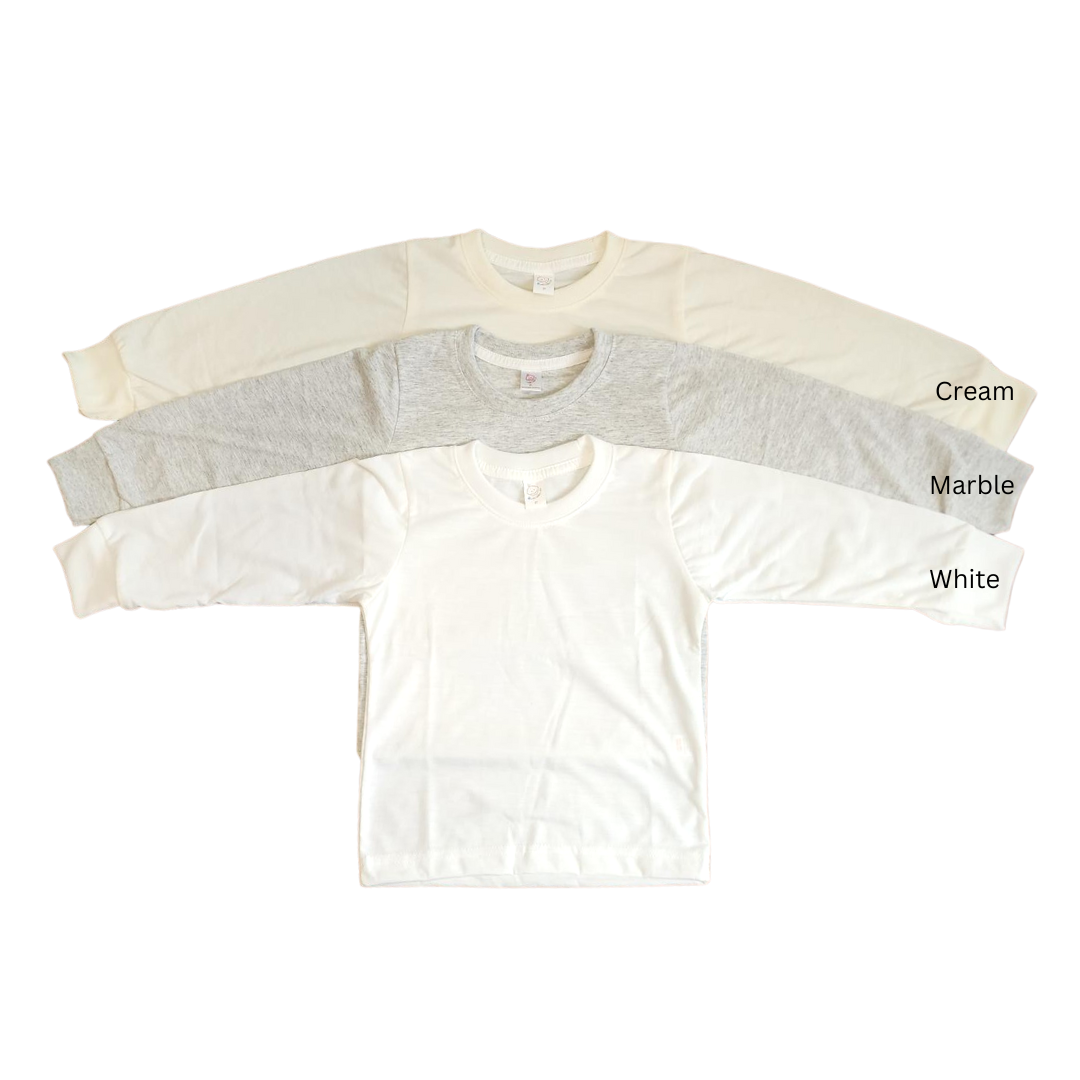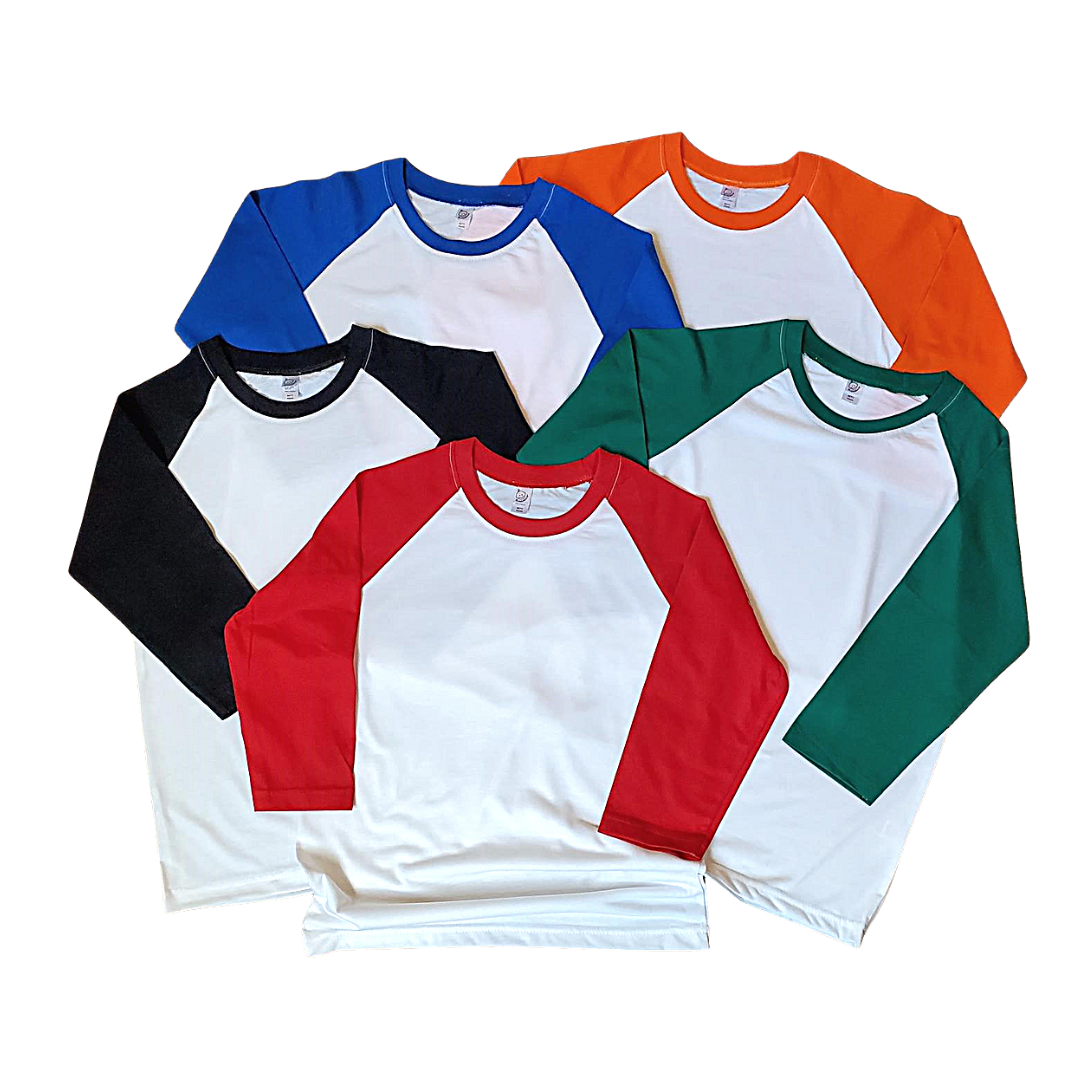Sublimation Shirts: The Best Polyester Count to Use

If you’ve ever pulled a freshly sublimated t-shirt off the heat press only to watch the design fade after the first washing, you know the frustration is real. The secret often isn’t the sublimation ink or even the press itself, but the fabric hiding under the design.
Polyester count might sound like a boring detail, but choosing the right balance of polyester fibers is what turns an average project into a shirt that earns compliments every time it’s worn. Stick around, because by the end of this blog, you’ll know exactly which polyester blends give you vibrant, long-lasting prints and which ones are better left for vintage vibes.
Understanding Polyester Count in Shirts
Polyester count refers to the percentage of polyester in the fabric, compared to cotton or other materials. A shirt labeled 100% polyester means that every single thread is made of polyester. A 65/35 shirt means it’s 65% polyester and 35% cotton. Think of that percentage as a sneak peek at how your design will actually show up once it hits the heat press.
Polyester fibers are naturally good at bonding with dye when heat is applied. Cotton, on the other hand, just isn’t built for it. That’s why blends exist: they mix comfort with print quality. The higher the polyester count, the brighter and bolder your sublimated design will be.
Why Polyester Count Matters for Sublimation Printing
When sublimation ink heats up under a press, it turns into a gas and bonds with polyester fibers. More polyester means more fibers for the dye to cling to. That’s why shirts with a high polyester content give you crisp, long-lasting prints that don’t wash away after a couple of cycles.
Lower polyester blends can give a “washed-out” or faded look. Some people love that vintage effect, but if you’re after bold color that pops, you’ll want as much polyester as possible in the fabric.
Another perk of polyester-rich shirts? They hold their shape. A cotton-heavy t-shirt can shrink after washing, but polyester blends resist that. That means it's comfortable to wear, plus it won’t fall apart after a couple of washes.
Best Polyester Counts for Sublimation Shirts
The polyester count directly affects how your sublimation ink bonds, how bold the colors look, and how well the design survives washing. Here are the most common fabric blends and what you can expect from each when it comes to sublimation shirts.
1. 100% Polyester Shirts
These are the gold standard for sublimation shirts. Because they’re made entirely of polyester fibers, every inch of fabric is ready to bond with sublimation ink. The designs come out vivid, and they stay that way, even after plenty of time in the washer.
The trade-off is that a pure polyester t-shirt can sometimes feel less breathable than a cotton t-shirt. For athletes or active wear, though, that’s actually a bonus. Polyester wicks away sweat and holds its shape well, making it perfect for sports uniforms or performance apparel. If you want the best possible quality for your design, 100% polyester shirts are the way to go.
2. 65% Polyester / 35% Cotton Blends
This sweet spot is where comfort meets practicality. With enough polyester to grab onto the dye, you still get bright results, but the added cotton gives the shirt a softer, more natural feel. These shirts strike a nice middle ground: comfortable enough for daily wear and still suitable for sublimation.
Designs will hold up well to washing, though you might notice a slight fade compared to a pure polyester shirt. Many printers actually like this balance, since it makes sublimation shirts feel more like regular t-shirts while still looking professional.
3. 50/50 Polyester-Cotton Blends
A 50/50 (50% polyester) shirt can still be sublimated, but the colors will appear muted. Instead of a bold finish, you’ll get a faded, vintage look.
For some designs, that’s perfect — retro graphics, distressed logos, or anything aiming for a worn-in style benefits from this fabric blend. On the flip side, if your goal is vibrant branding or full-color photography, this fabric won’t deliver. It’s comfortable and easy to wear, but the lower polyester content limits how much ink the fabric can hold.
Choosing the Right Shirt for Your Needs

So which polyester blend is “best”? That depends on what you’re making. A performance t-shirt or team jersey should probably stick with a high polyester content for durability and sweat resistance. Everyday casual wear may do better with a 65/35 blend percentage for balance.
Youth sublimation shirts are a different story because comfort is key. Children and teens want something soft and easy to move around in, so blends often make more sense for them. For colder weather or casual outfits, a sublimation sweatshirt is a great choice.
Common Mistakes When Choosing Polyester Count
A common mistake is assuming all polyester blends perform the same. A 50/50 blend won’t hold sublimated ink like a 100% polyester shirt. Another error is picking dark fabric colors. Sublimation dye works best on lighter fabrics, as the design simply won’t show up well on black or navy backgrounds.
Some printers also forget about fabric feel. Just because a shirt holds color perfectly doesn’t mean it’s comfortable to wear. Customers expect both. Balancing color performance with comfort and fit is just as important as the design itself.
Tips for Buying Sublimation Blanks
When buying sublimation blank apparel, don’t just look at the label. Pay attention to stitching quality, fabric weight, and size range. If you’re buying in bulk, order a sample first to check how it feels and how it takes ink.
Stick to reputable suppliers who focus on sublimation blanks shirts, since not every t-shirt on the rack is built for sublimation. Make sure the shirts fit the way they should, feel comfortable in hand, and have the right mix of fibers for your design.
Don’t forget about seasonal items, either. Stocking a sublimation sweatshirt alongside shirts can help expand your offerings and keep customers coming back year-round.
Wrapped in Polyester: Final Thoughts
Choosing the right polyester count matters. more than you think. High polyester content yields crisp, long-lasting prints, while blends can strike a balance between comfort and durability. The trick is knowing when to go bold with 100% polyester and when a softer blend fits better.
Ready to create sublimation shirts that customers actually want to wear again and again? Shop Bubbakins Blanks today for high-quality shirts, sweatshirts, and more, designed with sublimation in mind.
FAQs
Can I sublimate on 50% polyester and 50% cotton?
Yes, but expect a faded look. A 50% polyester shirt won’t grab the dye as strongly, so the colors come out softer and muted. That can actually work in your favor if you’re aiming for a vintage or distressed style. Just don’t expect the same bold finish you’d get from a higher polyester count.
What is the best fabric for sublimation shirts?
You’ll get the brightest results on 100% polyester. The dye bonds fully with the fibers, which means the colors stay sharp and bold even after plenty of washes. If your goal is crisp graphics that last, pure polyester is the safest bet.
JOIN US
Stay informed every step of the way—subscribe to our newsletter and never miss a beat!
100% FREE, Unsubscribe any time!






